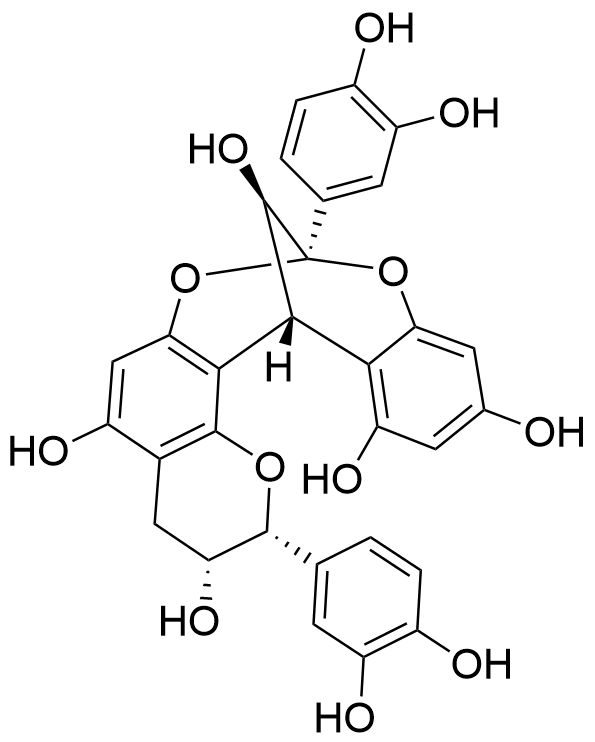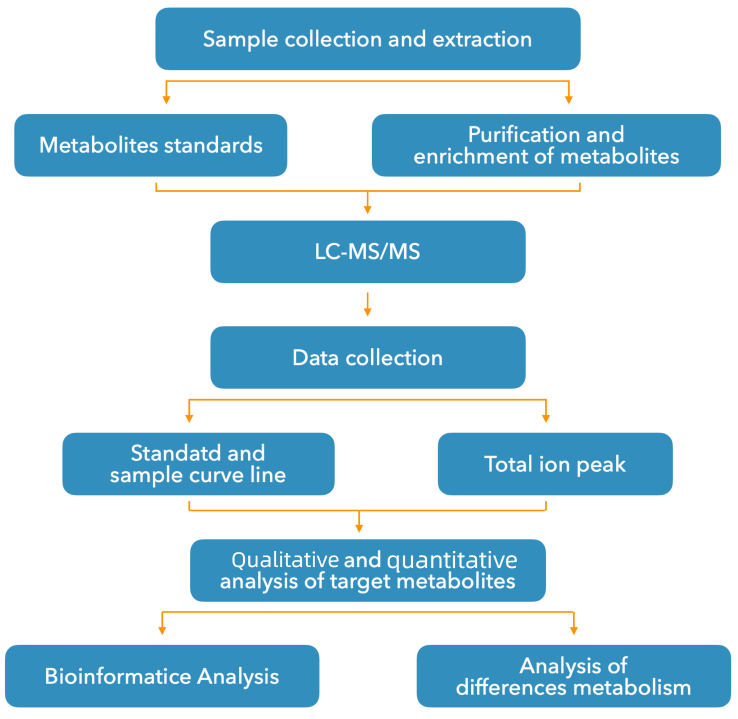Procyanidin A2 Analysis Service
- High-Performance Liquid Chromatography (HPLC): For separating and quantifying different types of proanthocyanidins.
- Mass Spectrometry (MS): Combined with HPLC to provide molecular weight and structural information of proanthocyanidins.
- Nuclear Magnetic Resonance (NMR): For detailed molecular structure analysis of proanthocyanidins.
- Spectroscopy (e.g., UV-Vis and FTIR): For preliminary identification and quantitative analysis.
Polyphenols are the largest group of secondary metabolites in plants, and their structural determination has been a focal point in research. Among polyphenols, procyanidin, also known as condensed tannins, are derived from proanthocyanidins. Procyanidin and proanthocyanidins are ubiquitously present in the plant kingdom and are commonly found in varying concentrations in everyday foods such as fruits, vegetables, legumes, grains, and nuts, as well as in cosmetics and pharmaceuticals containing plant materials. As natural antioxidants, procyanidins are used to stabilize food color, prevent rancidity caused by the oxidation of unsaturated fats, and for the chemoprevention of various degenerative tumors. Besides their antioxidant properties, procyanidin have reported anticancer, anti-infection, anti-inflammatory, cardioprotective, antibacterial, antimutagenic, wound healing, antidiabetic, and antiallergic activities.
Procyanidin A2 is similar to A1, consisting of two catechin or epicatechin units linked by A-type bonds. It is commonly found in cocoa, grape seeds, red wine, and green tea. Procyanidin A2 possesses various biological activities, including antioxidant, anti-inflammatory, antidiabetic, lipid-lowering, and anticancer properties. It is used for the prevention and treatment of cardiovascular diseases, as well as a natural food additive. MtoZ Biolabs offers comprehensive qualitative and quantitative analysis services for procyanidin A2, supporting researchers and institutions in their detailed studies of this compound.

Figure 1. The Structure of Procyanidin A2
Services at MtoZ Biolabs
1. Detectable Procyanidins at MtoZ Biolabs
2. Procyanidins Analysis Techniques
3. Procyanidin A2 Targeted Metabolomics Analysis

Applications
Anti-inflammation and Anti-oxidation
Wang, QQ. et al. PLoS One. 2020.
Proanthocyanidins, oligomeric compounds composed of catechin and epicatechin monomers, are widely present in food and hold significant medicinal value. Utilizing the LC-MS technology platform, MtoZ Biolabs provides qualitative and quantitative analysis of procyanidin A2 with exceptional sensitivity, reproducibility, and accuracy, expanding the research on its biological activities and medicinal value.
Deliverables
1. Experimental Procedures
2. Relevant Mass Spectrometry Parameters
3. Detailed Information on Procyanidin A2 Analysis
4. Mass Spectrometry Images
5. Raw Data
How to order?







